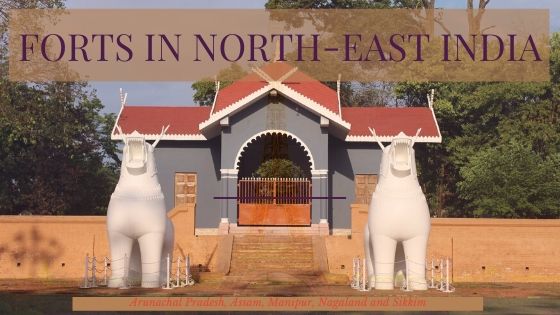
I read it again and again – there is a fort in Itanagar! The year was 2017, and I was reading on places to visit in Arunachal Pradesh, one of the eight sister states that form North Eastern India.
I blame it on the history text books that was taught to me in school. They spoke in volumes about the magnificent forts of Rajputs in North India, but conveniently forgot about the ones in North East India.
Like any other fort, the ones here too have fascinating stories – of Tibetan assassins to British invaders. While most of them have shrunk with time & barely stand tall, they still speak at length about the cultural & historic significance of this region. For instance, the architecture speaks of the influence from the neighbouring countries (China, Burma, Tibet & Bhutan) while the size & absence of grandeur tell us about the impact of Buddhism & Animism!
While you hunt for these hidden forts & fortress, do enjoy the visually enticing flora & fauna that surround these structures. After all, you are in the garden of gods & goddesses!
Forts in Arunachal Pradesh
1. Bhismaknagar Fort
The ruins of Bhismak Nagar Fort are traced back to the Chutia Kings from the 8th – 10th century. Archeologists discovered the remains of a fort in early 1970s.
The fort is located in Dibang Valley in Arunachal Pradesh, around 30 kms from Roing. The structure of fort and the boundary walls were made with bricks and granite which shows the fine workmanship of that era.
2. Dirang Dzong
Recommended by : Jitaditya Narzary
Jitaditya left his job in 2010 and went to his first Himalayan Trek. There has been no looking back since then. This introverted traveller loves documenting lesser known places in India. He documents his travels on his website ‘Travelling Slacker’.
The “Dzong Architecture” refers to a certain style that is prevalent in Bhutan, Tibet, and neighboring Bomdila-Tawang region of Arunachal. It basically includes a cluster of buildings protected by fortified stone walls. In medieval times, people could live inside, and also use them as defensive structures.
As far as Dirang Dzong is concerned, it is a small village that has now grown around the Dzong Architecture. So, you not only get a fort visit but a village walk, which gives you a glimpse of Monpa culture. It is located near the modern Dirang Town, which is around 40 Kms from Bomdila on the way to Tawang. The Dzong even has a homestay or two nowadays in case you want to stay nearby and explore more.
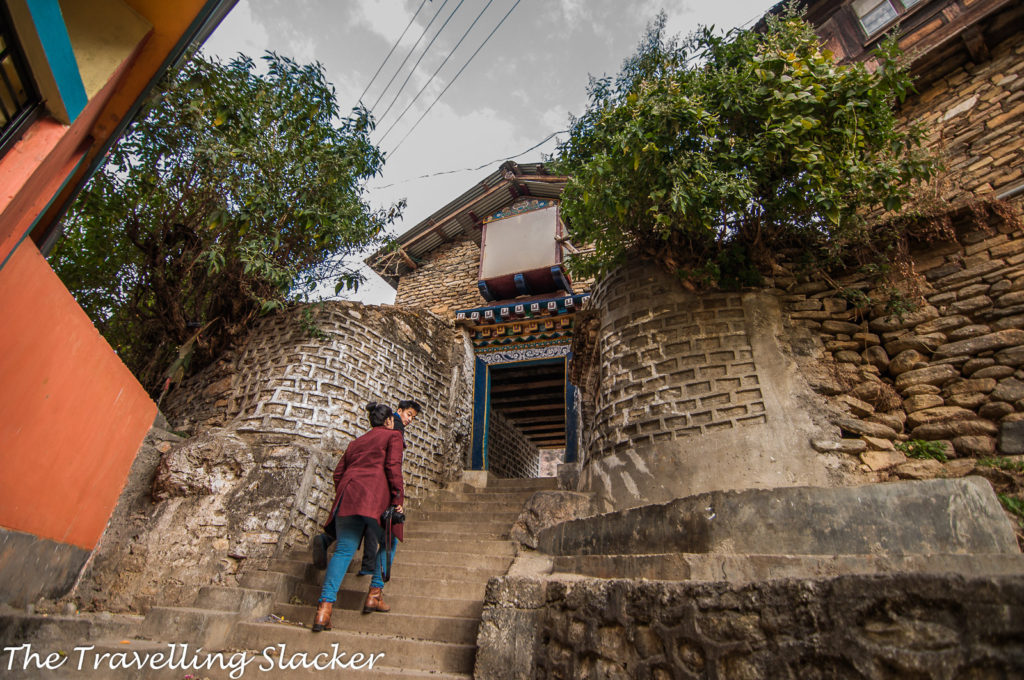
3. Ita Fort
Recommended by : Smita Singh
Smita loves music, good food and the mountains. She is someone who is fiercely independent and ridiculously emotional. Her favourite destination is Himachal Pradesh.
The name literally translates to ‘A Fort of bricks’, Ita Fort is one of the major historical sites in the state of Arunachal Pradesh. The construction of the fort is attributed to the Chutia kings who built it in the mid 14th century. There is still a lot of controversy on who actually built this fort, some historians believe it was Ramchandra of Jitari dynasty whereas others say that it might have been Chakradhvaj Simha, the Ahom king.
The fort complex is a simple structure made of red bricks and sandstone. What remains of the fort today is just a few walls almost in a dilapidated condition. But the view from up here is splendid. If you are in going to Ziro, then I suggest taking a pit stop at Itanagar and visiting one of the only forts in North East India.
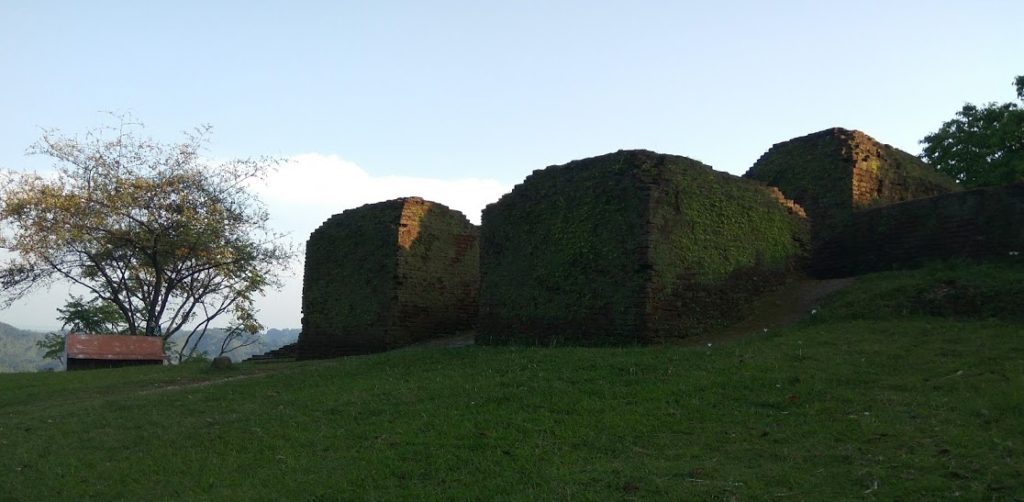
You might also like to read:
Forts in Assam
4. Garchuk Lachit Garh
The word ‘Garh’ means ‘Fort’ in Assamese. Garchuk Lachit Fort is situated on the outskirts of Guwahati near Ahomgaon. The fort was believed to have been built by Lachit Borphukan, commander in the Ahom army.
In recent times, the fortification area has been in despair, with people encroaching the site to built houses.
You might also like to read:
- Explore The Temple Town Of Hajo In Assam
- Jatinga in Assam – where birds fly to die!
- Kamakhaya Temple: My Personal Experiences
- Manas National Park: Paradise Reclaimed
Forts in Manipur
5. Kangla Fort
Recommended by : Priyam Kakoti Bora
Priyam is an Engineer on paper but you will find her mostly on travels, paintings and telling the stories of places she has been to and the people she has met along the way. Currently, she is living in Guwahati, tending to a tiny human and planning her next adventure as soon as it’s safe to travel.
My visits to Manipur have always been short. The itinerary did not have any space to include local sightseeing in Imphal but I managed to visit Kangla Fort, which stands tall for nearly 2000 years. Such is its enormity that I managed to visit it thrice and yet I could not complete it; I hope I can return to complete it the fourth time.
The Fort used to be the seat of Manipur’s power till it was captured by the British in 1891 and post-independence, was occupied by Assam Rifles until 2004. Located next to the Imphal river, the Kangla Fort is also a holy place for religious worship and ceremonies for the Meitei community. The Kangla Palace is also in the campus along with the prominent statues of Kangla Sha, a mythological animal believed to be the protector of Meitei Kings. The memorable monuments inside the Fort are the Ruins of the Citadel, Ruins of the Uttra, Temple of Shree Shree Govindajee, Ebudhou Pakhangba Temple amongst many others.
Legends has it that one of the most important rulers of the Meiteis, King Khagemba (translated as Conqueror of China) frequently invaded China and one of those battles is said to have taken place in the Chinese province of Yunan, about 500 miles from the present day Imphal. His son built the moat on the western front and reworked the fortification of the fort using the brick making skills of the Chinese prisoners captured in war.

Kangla Gate 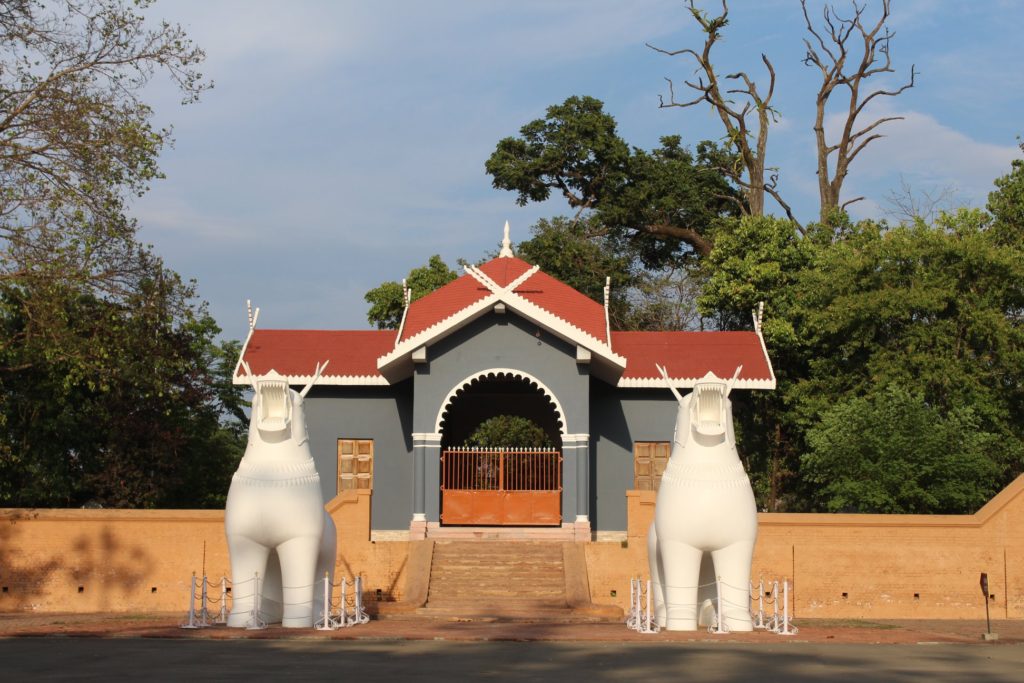
Kangla Sha 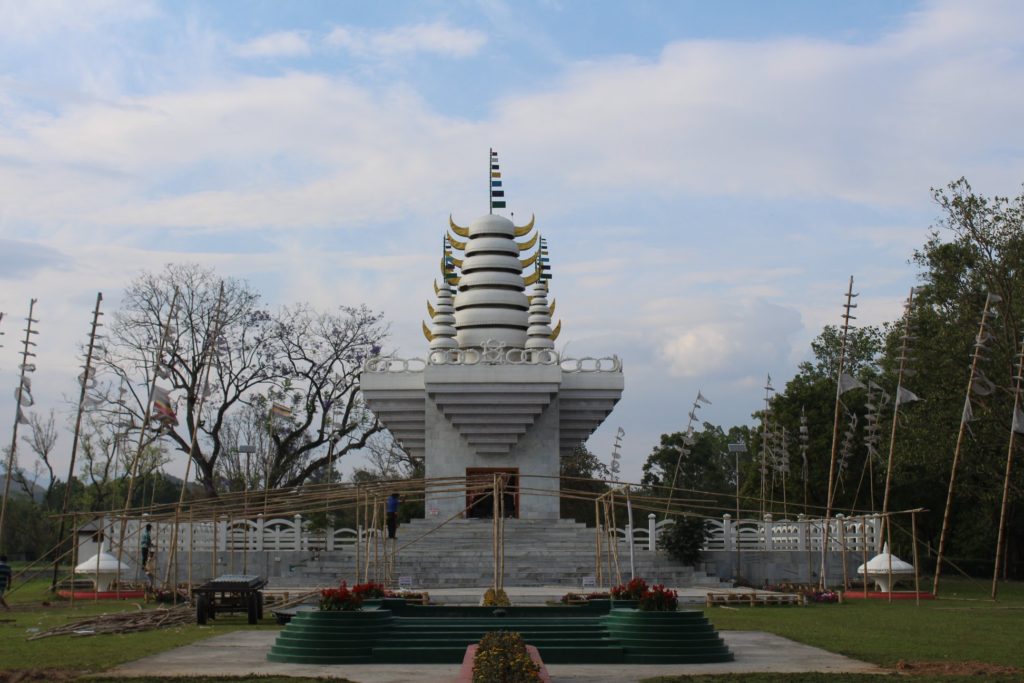
Ebudhou Pakhangba Temple
Forts in Nagaland
6. Semoma Fort
The village of Khonoma is inhabited by the Angami-Nagas, a warrior tribe of Nagaland. This picturesque village with rich flora and fauna is known to the outside world for its environmental preservation practices.
The Semoma/Khonoma fort is describe as ‘the strongest fort in North-East’ by Maj. John Butler of the British army. The fort plays an important role in the history of Nagaland, as it was here the Britishers fought the mighty Nagas from 1850 -79.
Exhausted of the Angami attacks in the plains of Assam and also in hopes of finding a straight route to Manipur from Assam, British army officials started seizing villages in the Nagaland. The warriors of Khonoma displayed their valour and countered the British army at every point. The first Anglo-Naga conflict took place in 1850 and lasted for less than a day in which the Angamis successfully saved their village from the Britishers.
The second Anglo-Naga battle was against forced conversion to Christianity and dislike towards westernization. After a lot of political theatrics, it was decided by the government to appease the Nagas in order to control the situation.
The structure of the fort is quite humble. The plaque at the entrance provides a timeline of the construction of the fort. The most fascinating thing I found about the fort was a memorial of a British officer who lost his life during the Anglo-Naga war. ‘In death, we are all the same’, Naga people understands this and respects each life.
You might also like to read:
- Dzokou Valley : Valley of Flowers of the North East
- War Cemetery in Kohima, Nagaland
- Inner Line Permit for North East India
Forts in Sikkim
7. Mangar fort
The ruins of Mangar fort is scattered all around Sikkim. One of the site is in Mangsarijong, Sikkim where the property is privately owned by two brothers from the Tamang community. For many years, there has been a dispute between the brothers, one wants to give it away to the government for building up a heritage site whereas the other brother is not in favour of this.
The fort has stood tall against time and harsh climate but it doesn’t look like it will remain standing for long. The property owners are tilling the land where the fort is and because of this the structure has suffered a lot.
The ruins of Mangar fort are scattered, another important location is Suldung Gari. According to the book Culture, heritage and Identity: the Lepcha and Mangar communities of Sikkim, this location might have been under the influence of Tibetans as some ancient inspirations have been found from here.
More sites of the Mangar fort are located in College Khola, Khamring and Mangarjong. The fort structures in all these areas are in complete ruins. In most places, nature has overpowered these man made structures.





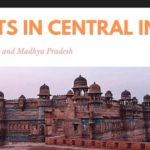

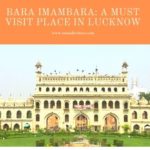




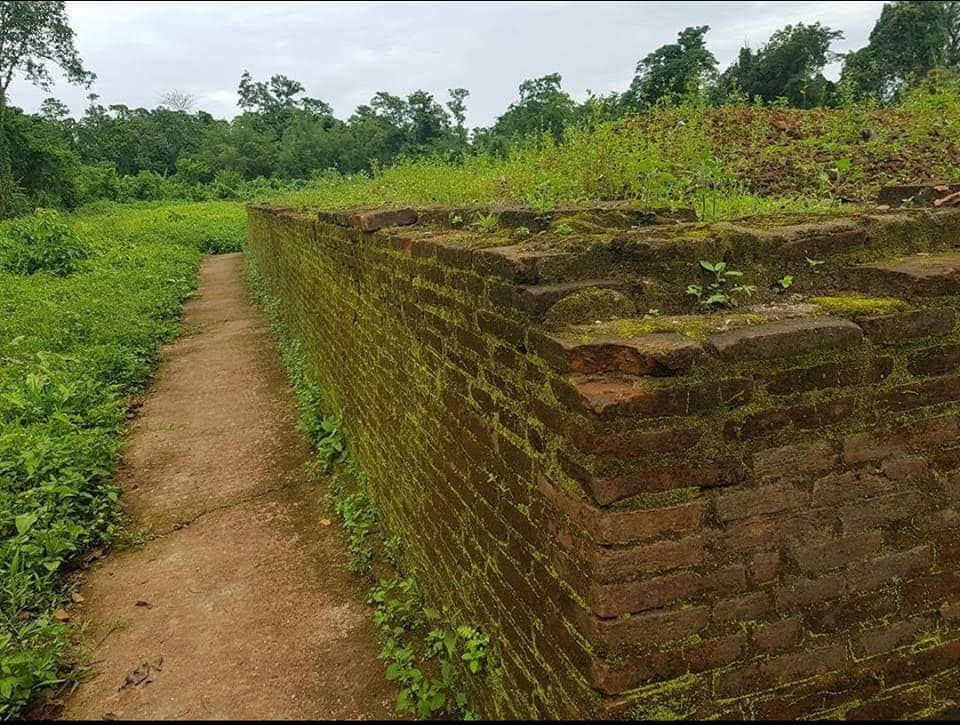
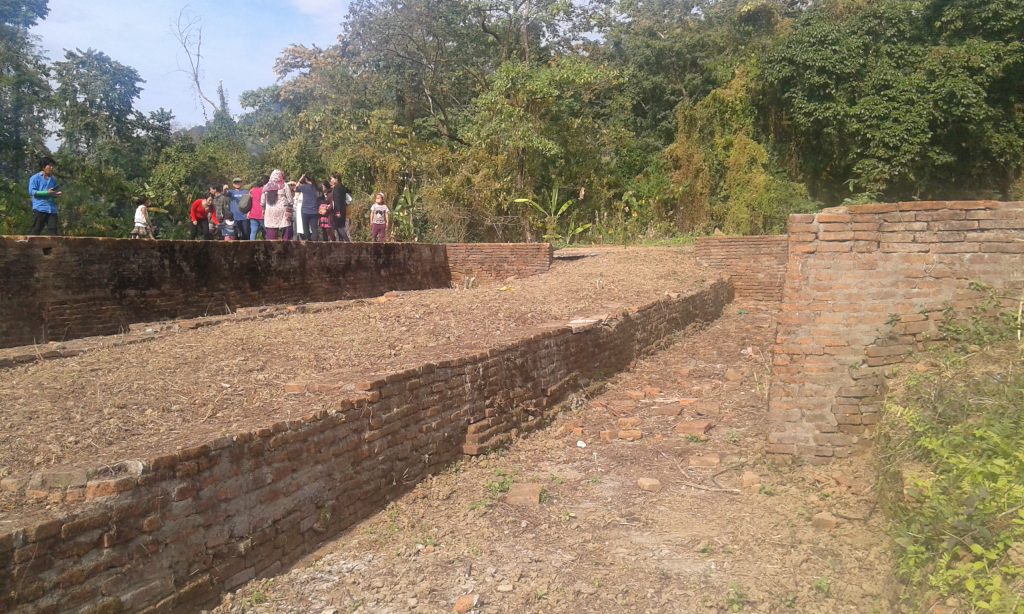
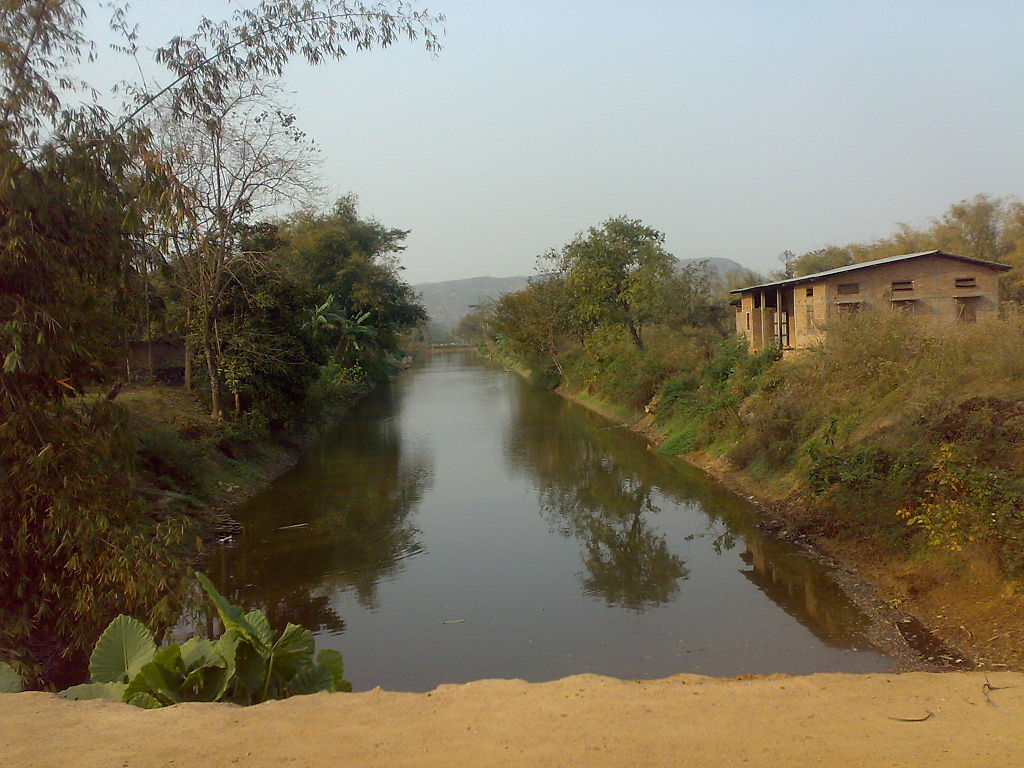
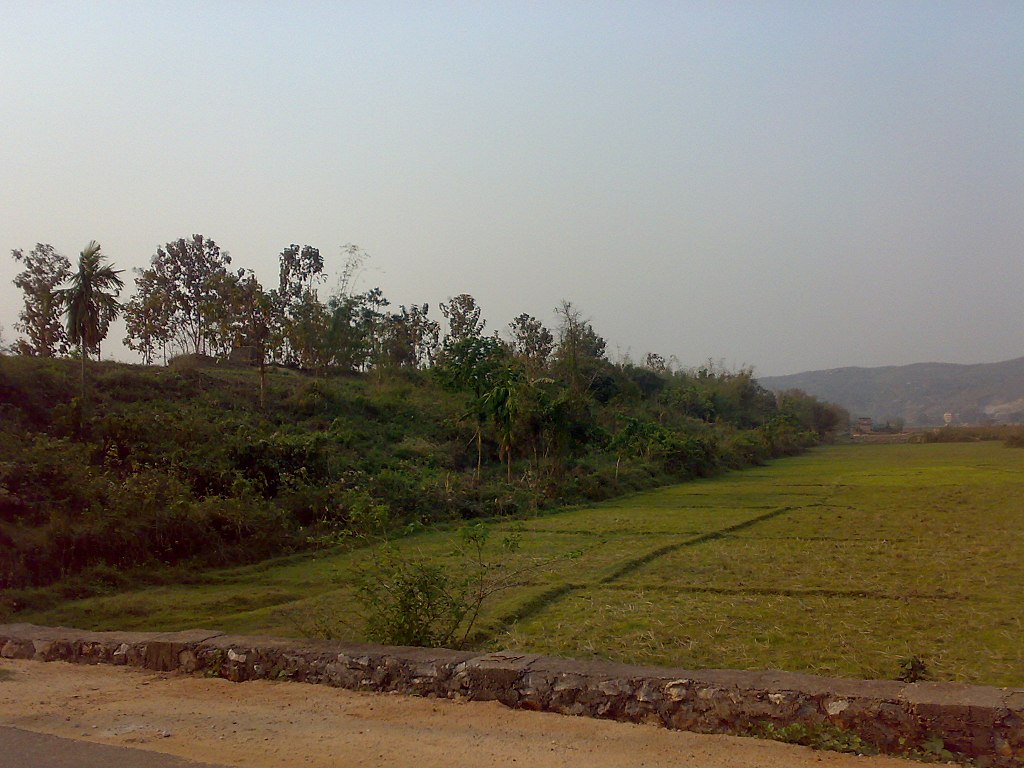
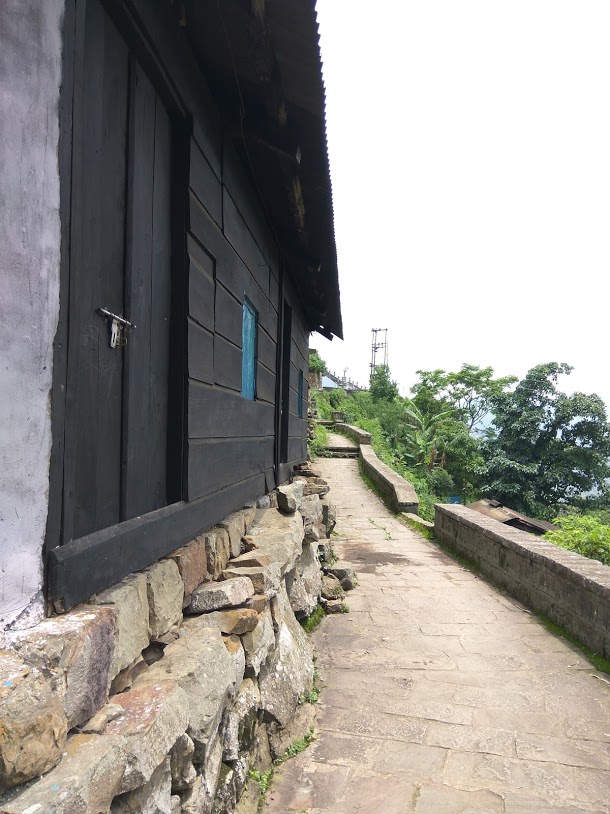
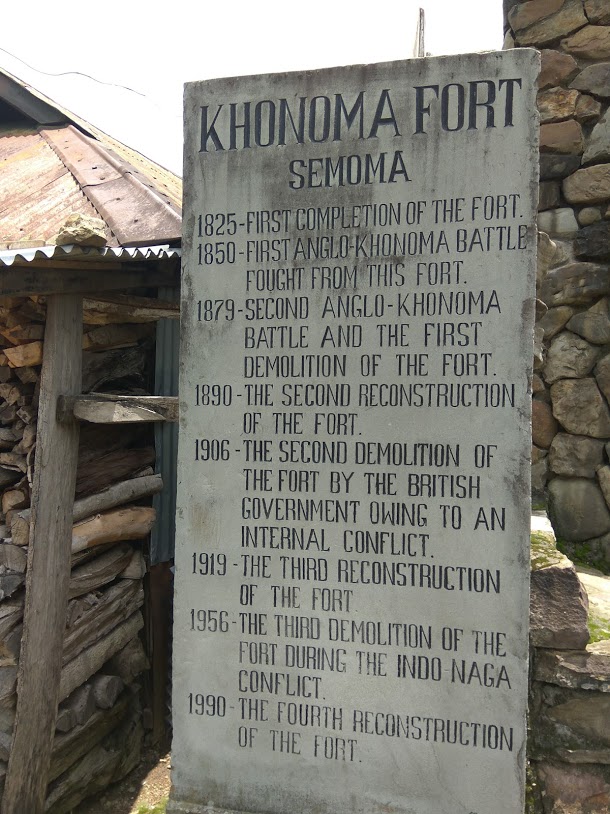

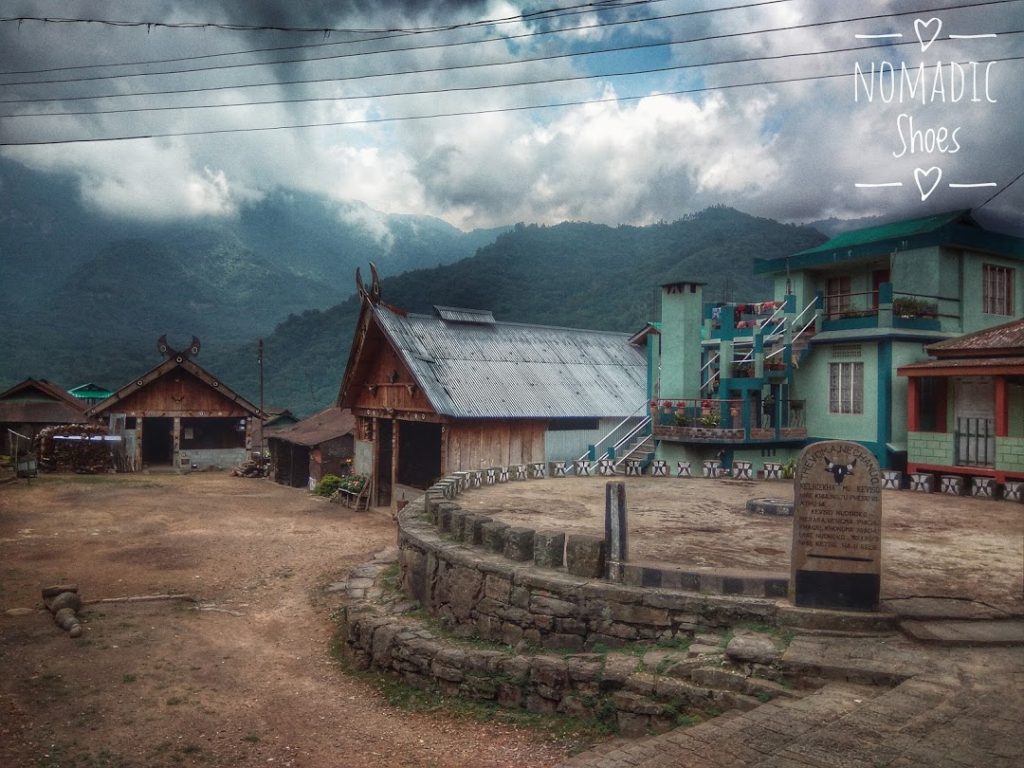
Even I didn’t know that there are so many forts in north-eastern India until I read this post. I love how these forts are different in architecture and even in size than the other forts I’ve visited in northern and western India. Nice post!
I have visited a few of these places…They are simply breath taking. Thank you for such an amazing share
It is taken for granted in India to visit certain things, thanks to you it is possible to broaden the horizons.